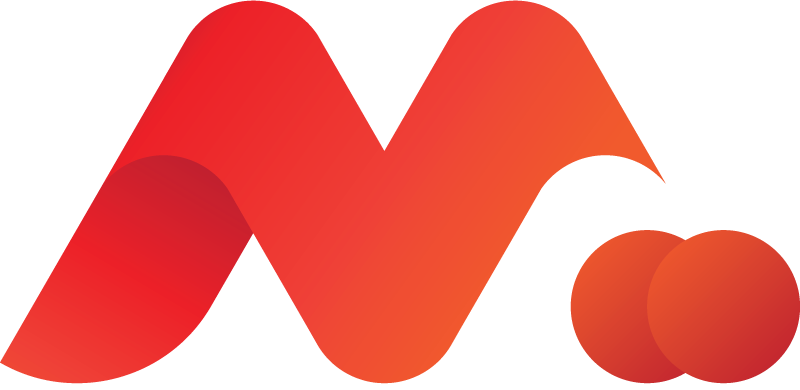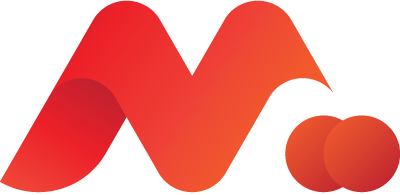Here’s what you should know:
- Product-Led Growth (PLG) is a go-to-market strategy where the product itself drives customer acquisition, conversion, and retention.
- Key benefits of PLG include faster customer acquisition, higher conversion rates, lower customer churn, and increased customer lifetime value.
- Assessing the success of PLG requires different metrics than traditional sales and marketing. Instead of focusing on leads and conversions, companies should measure user engagement, customer satisfaction, viral coefficient, and customer lifetime value.
- Implementing a PLG approach necessitates a significant cultural shift within a company, requiring increased collaboration across all teams.

One of the most important decisions you’ll make in the early days of your startup is your go-to-market strategy (GTM). Like most founders, you are likely to make a number of mistakes while spending a large amount of time and cash figuring out how to get your product to market. For more on GTM in general, here’s a great piece from Hubspot. Hubspot is an apropos example here because the company changed its GTM from Sales-led to Product-led with stunning results. Read more about the company’s transition here.
Product-led Growth (or PLG) is a go-to-market strategy that leverages the product itself as the primary driver of customer acquisition, conversion, and retention. While you can find ample information about PLG for free on the web, I recently read, and recommend, Wes Bush’s Product-Led Growth: How to Build a Product That Sells Itself. Bush offers a step by step process for determining if PLG is right for your product and then, assuming it is, he offers the reader a number of useful product ideas designed to exponentially increase revenue over time.
I am not going to directly list those steps or features out here, as that would be robbing from Mr. Bush. Full disclosure: I don’t know Wes Bush and am under no influence to hawk his text. He actually gives just about all of it, if not all of it, away for free on his website here. If you find anything below useful, head over to the website and sign up for the email list, and you’ll be an expert in no time.
To begin with, successful PLG companies are worth a lot. Like…a lot a lot. Recognizing that market caps fluctuate for a variety of reasons, I’ve highlighted a few of them below to offer some sense into why companies such as Hubspot, market cap of $19B, would be willing to take the risk of switching from a traditional sales approach to pursue a product-led growth model. What’s the difference between the two?
Traditional sales and marketing tactics rely on outbound outreach, advertising, and other forms of push/pull marketing, while PLG focuses on building a product that naturally attracts and retains customers through great user experience, product-generated user engagement, positive word-of-mouth, and virality. Slack, which has a market cap of $26.5B, is another excellent example of the PLG model. Originally designed for internal use at a single company, Slack grew to over a million daily users without a massive sales force. Its intuitiveness and effectiveness made it a no brainer in 2015 and the same remains true today.
Proponents of PLG list a number of benefits above and beyond lower sales and marketing costs. These include faster customer acquisition, higher conversion rates, lower customer churn, and increased customer lifetime value. If you are asking yourself “shouldn’t all software do this?” you are not alone…and the answer is yes. There’s no reason you can’t include elements of PLG with traditional sales.
One of the key components of PLG is the freemium model, which offers a free version of the product with limited features, and/or a paid version with additional functionality. This approach allows customers to try the product before they buy, and often leads to higher conversion rates and lower customer churn. Zoom, market cap around $19B, is a great example here, as Zoom offers a free version with limited functionality. Users who go on to upgrade to the paid version are less likely to churn because of how much value they add through their purchase.
It’s important to note that measuring PLG success requires a different approach than traditional sales and marketing. Metrics like user engagement, customer satisfaction, viral coefficient, and customer lifetime value are more important than metrics such as leads, activity, and conversions.
Until recently I had failed to appreciate how much of a cultural change PLG requires. Above and beyond changing what CEOs measure in relation to growth, PLG forces collaboration across all teams. In the early days of a startup, when a company could be the size of 2-10, such collaboration is easy, as most folks are still wearing multiple hats and involved in any new challenge or opportunity that may arise. In larger organizations, deep collaboration becomes increasingly difficult, traditionally anyway. One of the largest software companies trying to make collaboration easier is Atlassian, who has a market cap of $41B. Atlassian has a strong PLG strategy, with free trials and self-service onboarding that allows users to start using their products quickly and easily.
Conclusion
While the more I learn, the more I love PLG, one area that I need to understand better is the alleged cost savings of the PLG model. While reducing the sales and marketing staff and spend is understandable, I’m curious as to how much that is offset by a larger dev team. Of course, if actions and emails can be automated, the number of humans needed to perform a task decreases dramatically, a truth that continues to ring clearer in the age of generative AI. And with SaaS companies across the globe slashing what they spend on sales, I suspect we see exponentially more PLG startups over the next few years.







